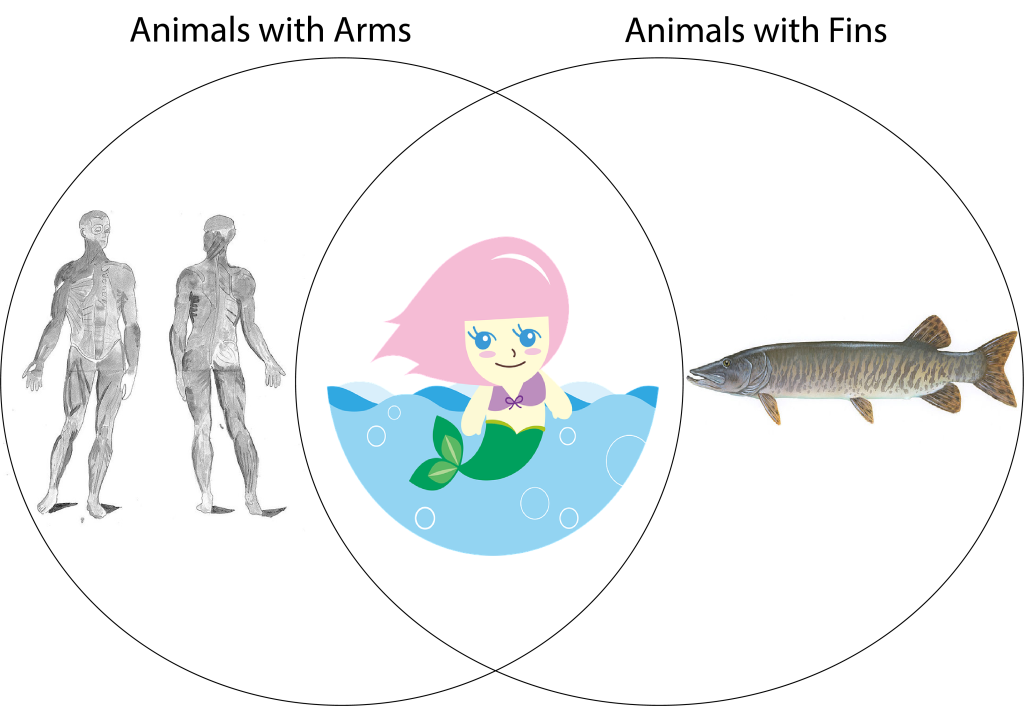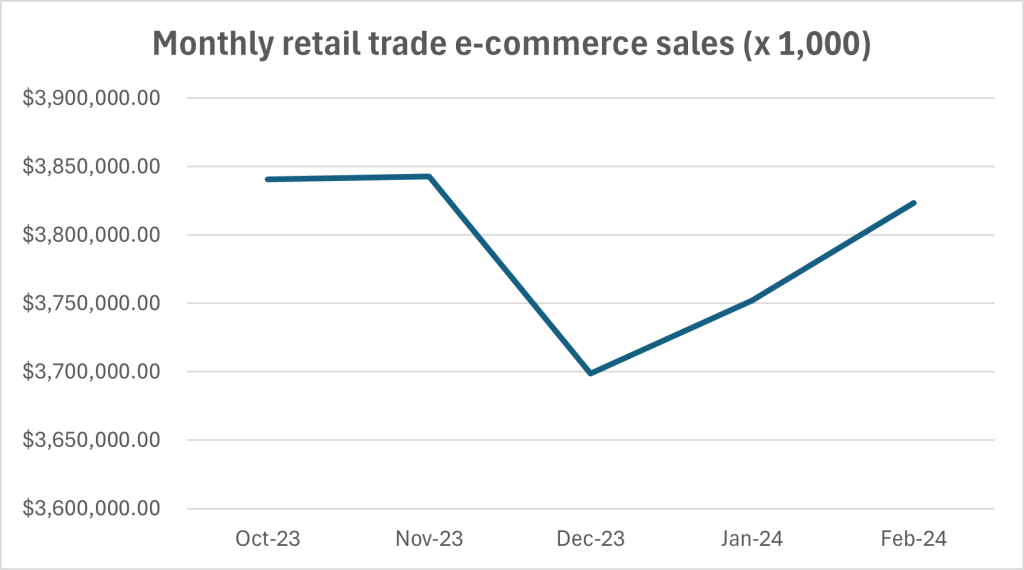Attributions
In this section:
Introduction
For the purposes of OER authorship at Fanshawe College, attributions are statements that indicate the title, source, creator, and licence/right evoked with respect to the content used in our text. Although it is similar to citation, we choose to use attributions when incorporating significant parts of another creator’s work, as this is what has implications within copyright law. For things that fall outside of copyright law, such as facts or ideas, we use citations in a style suitable to the OER’s discipline, such as APA, MLA, or Chicago.
Attributions serve two primary functions in OER:
- fulfill our obligations under an open licence and
- inform future adopters and remixers of all the information that they require to use the materials they find in our texts.
Although the first function is arguably more important due to its legal implications, the second function is always applicable and valuable, even in situations where a licence or user’s right may not explicitly require attribution. Taking the time to carefully attribute each source you use will benefit downstream users and increase the credibility of your OER.
Attributing Reuse
Attributions should provide an answer to the following questions:
- What content is being reused?
- Who created the content? Who owns this content?
- Where is this content found?
- Why can you reuse this content?
The table below summarises the various components of an attribution used to answer each question. It also includes what information to hyperlink to and if it is available.
The format of an attribution is as follows:
Standard Attribution Format
For multiple titles with the same creator, source, and licence/right, you may use the following attribution format:
Multiple Titles Standard Attribution Format
Bracketed terms indicate the parts of the attribution that may be excluded if not specified by the licensor or if grammatically incorrect. Bolded terms must be replaced with the relevant information.
| Information | Description | Link | If Unavailable or Not Applicable |
|---|---|---|---|
| Title (What) |
The title of the content you are using, e.g., an article or chapter title. | Webpage where relevant content is found. This link should ideally be where the licence of the work is mentioned. | Use a generic description of content, e.g., image, photo, graphic, etc. |
| Creator (Who) |
The creator(s) of the content. This could also include editors of the source, publishers, and/or the use of pseudonyms. If copyright information is included in the source, include it in the attribution. |
Creator’s webpage. | Exclude. This includes situations where an author or licensor has explicitly stated that their name should not be attributed. |
| Source (Where) |
Publication that the content belongs to, e.g., textbook, journal, etc. | Primary webpage of the publication where copyright information can be found. | Exclude. |
| Licence/Right (Why) |
The open licences, permissions, or statutory rights you have relied upon to reuse the content. | Webpage with licence/rights information. | N/A. You must provide a licence or right for all content reused in your OER. |
Examples
“What is the Writing Process?” in Business Writing For Everyone by Arley Cruthers © 2021 is used under the Creative Commons Attribution-NonCommercial 4.0 International License.
Photo by Christina @ wocintechchat.com is used under the Unsplash License.
“Les Demoiselles d'Avignon” by Pablo Picasso is used under Fair Dealing for the Purpose of Commentary or Review (Canada).
“3.1 Demand” and “3.3 Supply” in Principles of Microeconomics by Sharmistha Nag © 2022 is licensed under a Creative Commons Attribution-NonCommercial-ShareAlike 4.0 International License.
Video: “Safety Tips: Who is covered by the Occupational Health and Safety Act in Ontario? by Workplace Safety and Prevention Services [0:56] is licensed under the Standard YouTube License. Captions and transcripts are available on YouTube.
Exceptions
Federal Crown Copyright - NonCommercial Reproduction
The Government of Canada is not affiliated with nor endorses the reproduction of its official documents here.
An example of this is shown below.

Ontario Crown Copyright - NonCommercial Reproduction
Open Government Licence - Canada/Ontario
The Open Government Licence - Canada must be attributed as specified by the copyright holder, or if not mentioned, as follows:
Contains information licensed under the Open Government Licence – Canada.
Likewise, the Open Government Licence - Ontario must be attributed as specified by the copyright holder, or if not mentioned, as follows:
Contains information licensed under the Open Government Licence – Ontario.
Statistics Canada Open Licence
Statistics Canada Open Licence must be attributed as follows:
Source: Statistics Canada, Title, Date. Reproduced and distributed on an "as is" basis with the permission of Statistics Canada.
Attempt to provide as accurate and specific of a date as possible. Check the "Date modified" information at the bottom of the source’s page to find this.
Source: Concerns with misinformation online, 2023, December 20, 2023. Reproduced and distributed on an "as is " basis with the permission of Statistics Canada.
CK-12 Curriculum Materials License
Ensure that the following styles are included in the book's custom styles:
.ck-12-outer{
padding: 0.5em !important;
margin:0;
}
.ck-12-inner{
height: 75px;
display: flex;
align-items: center;
}
.ck-12-inner pre{
font-family: inherit;
}
This will allow the following attribution template to render nicely:
<div class="ck-12-outer">
<div class="ck-12-inner">
<pre><a href="">Image</a> from </pre>
<div style="border: 1px solid #ccc; padding: 10px 12px; border-radius: 7px; width: 220px;">
<div style="width: 88px; float: left;"><a href="https://www.ck12.org/" target="_blank" rel="noopener"><img style="width: 100%;" src="https://www.ck12.org/media/common/images/logo_ck12.svg" alt="CK-12 Foundation" /></a></div>
<div style="overflow: hidden; padding-left: 15px; margin-top: 0px;">
<pre style="font-family: arial; font-size: 10px; font-weight: bold; color: #72767f; margin: auto; padding: 0;">LICENSED UNDER</pre>
<div><a href="https://www.ck12info.org/curriculum-materials-license/" target="_new"><img style="border: none; vertical-align: middle; width: 100%;" title="CK-12 Foundation is licensed under CK-12 Curriculum Materials License" src="https://www.ck12.org/media/images/ck12-license.svg" alt="CK-12 Foundation is licensed under CK-12 Curriculum Materials License" width="80" /></a></div>
</div>
</div>
</div>
</div>
An example of this is shown below.

This can go in the attributions section of the page. Feel free to change "Image" to something more descriptive or perhaps the figure number, if provided in the text.
Image from
Attributing Adaptation
When adapting content, your attribution should address one last question:
- How have you modified the original content?
For this, a list of the general types of modifications made is adequate. Increased specificity is welcome, but a line-by-line record of all changes you made to text-based content, for example, is unnecessary.
The standard adaptation attribution general format is:
Bracketed terms indicate the parts of the attribution that may be excluded if not specified by the licensor or if grammatically incorrect. Bolded terms must be replaced with the relevant information.
Example

Attributing Derivatives
There will be times where you create a totally new learning object, such as an image, derived from one or more source. We call this a derivative work. In this case, attribute your own work following the format above, using the title of your work, your name, and your chosen licence (note that the licence you choose must comply with those in your source material). You must also clearly attribute the source material used to create your remix.
Bracketed terms indicate the parts of the attribution that may be excluded if not specified by the licensor or if grammatically incorrect. Bolded terms must be replaced with the relevant information.
Example

Exceptions
Statistics Canada Open Licence Adaptation Attribution
Statistics Canada Open Licence must be attributed as follows:
Adapted from Statistics Canada, Title, Date. This does not constitute an endorsement by Statistics Canada of this product.
Attempt to provide as accurate and specific of a date as possible. Check the "Date modified" information at the bottom of the source’s page to find this.

Abbreviations
Attributions may be abbreviated when it would be unreasonable to use the full attribution. In our studio, this will typically be the case when attributing images and figures. An abbreviated attribution should contain most of the information that the full attribution would.
For reuse without changes, use the following:
Abbreviated Standard Attribution
For adaptations, use the following:
Abbreviated Adaptation Attribution
Abbreviated Derivative Attribution
Bracketed terms indicate the parts of the attribution that may be excluded if not specified by the licensor or if grammatically incorrect. Bolded terms must be replaced with the relevant information.
Examples

Video Attributions (YouTube)
YouTube Videos
When embedding videos from YouTube (or other similar streaming services), we use the following attribution format and include "Standard YouTube License." In addition, we add the video time and make note of the availability or absence of transcripts and captions (see the Video Transcripts section for more information).
Sample
Video: “Relationship Marketing in the Digital Age” by Latest Thinking [9:00] is licensed under the Standard Youtube License. Captions and transcripts are available on YouTube.



